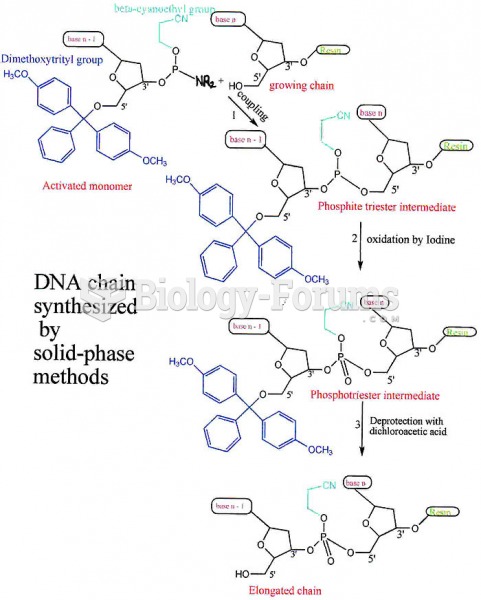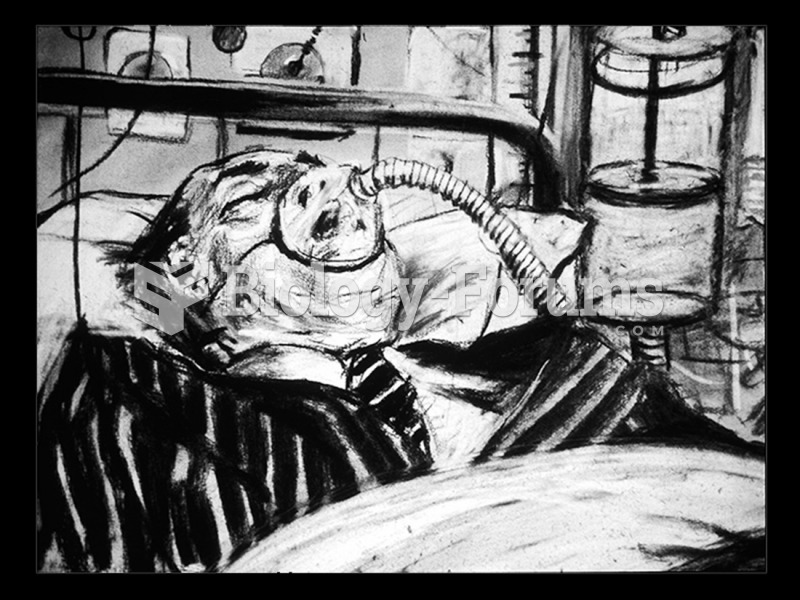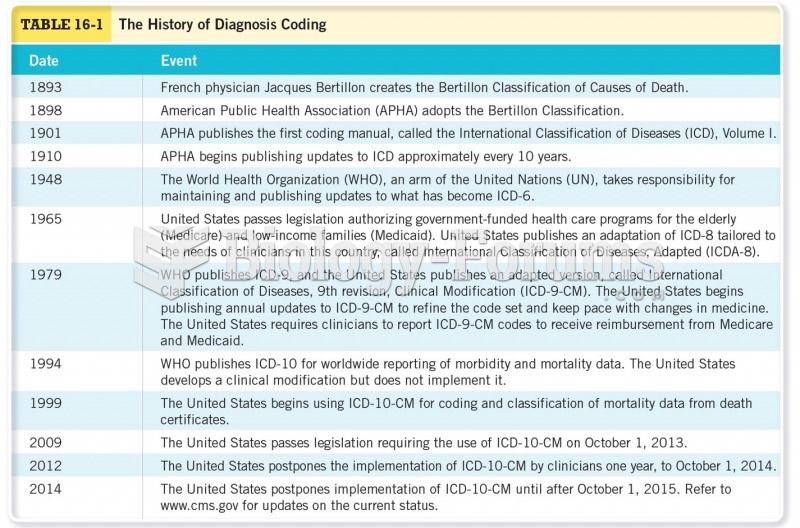Answer to Question 1
Professionals who performed in opera in imperial China were much admired but held low status. Due to legal restrictions on mixed-gender troupes, some actors/actresses specialized in impersonating characters of the opposite gender (e.g., Mei Lanfang, a male famous for his female impersonations and lyrical, graceful vocal style).
By the 1920s Western ideas began to influence opera in China (Western musical instruments, Western-style theaters and props/scenery). Although traditional operas with historical settings still predominated, operas with contemporary social themes were also introduced.
With the founding in 1949 of the People's Republic, the Chinese Communist Party called for an increase in operas with contemporary themes and working-class characters.
After the end of the Cultural Revolution in 1976 the presentation of mythical and historical tales (or newly-written stories with a historical setting) resumed, with contemporary settings left in the main to other genres.
Solo Instrumental Traditions
Music for the qin (seven-string Chinese zither)
Answer to Question 2
In jingju onstage characters are classified according to a system of role types: sheng male, dan female, jing painted face, and the chou clown.
There are sub-categories within each type: for example, the dan designation includes the qingyi, wudan (military female), huadan (flirtatious maid), laodan (elderly female), and caidan (comic female role), among others.
41. What are the four basic expressive means used in jingju? What is the range of modes of voice production found in singing and speech? What is the gamut of actions covered in acting and fighting? If jingju's costuming and make-up are rich, why is scenery and stage properties often simple? (two reasons)
Jingju combines four basic expressive means: singing, speech, acting, and fighting (chang, nian, zuo, and da).
Singing and speech embrace a range of modes of vocal production, from melismatic arias to the declamation of poems and everyday speech.
Acting and fighting also cover a wide range of expressions and behaviorsfrom facial expressions to postures, gestures, mime, and choreographed fighting and acrobatics.
Up to mid-twentieth century, troupes were often migratory, making transportation of simple scenery and stage properties more practical. Elaborate stage properties would also limit the chance for performers to display their skills in mime or acrobatics.







